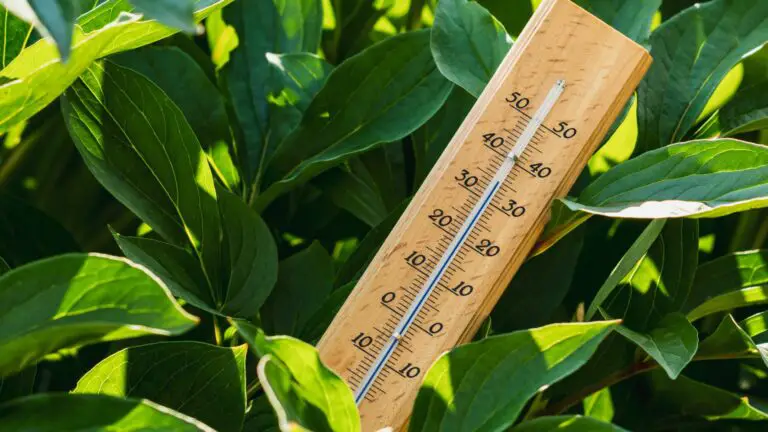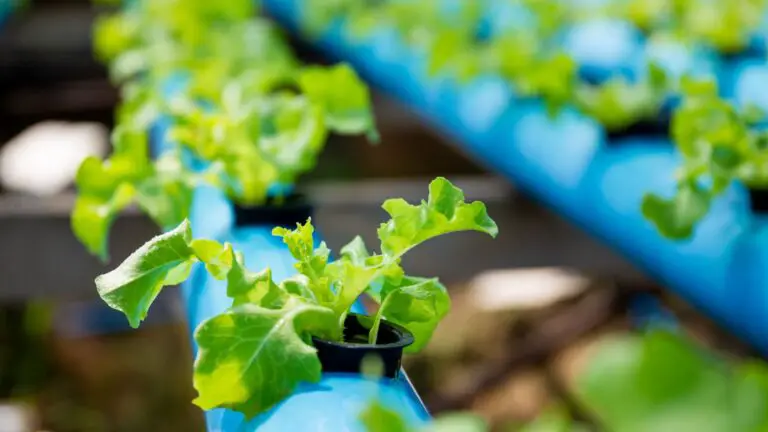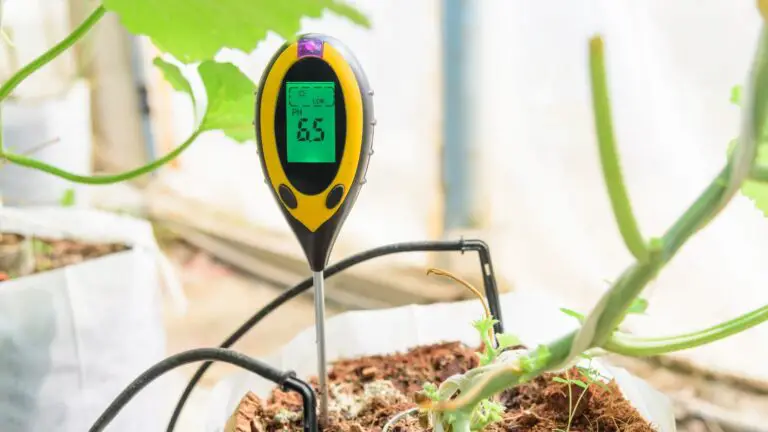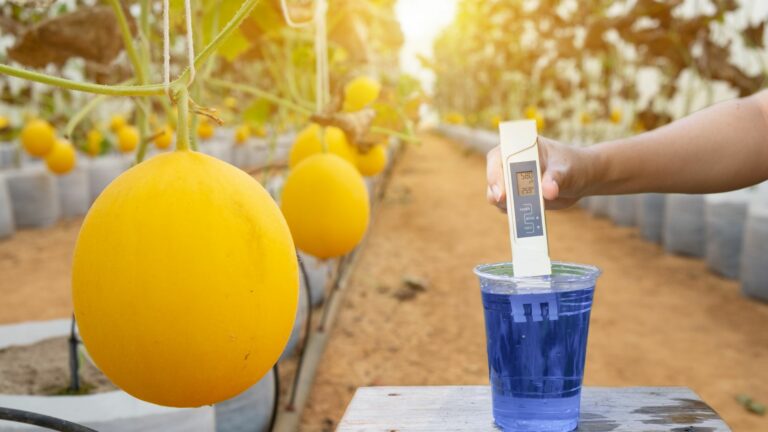Why Oxygen Is Important in Hydroponic Systems
Disclosure: Your purchases through our links may earn us a small commission, supporting our site’s ability to provide valuable information to our readers. Rest assured, it won’t impact your price. Thank you for your support.
Many people who are new to hydroponic gardening may not be aware of the importance of oxygen in their systems. In fact, many nutrients that plants need to thrive can only be absorbed if enough oxygen is present. Without oxygen, your plants will not grow as well as they could, and you may see deficiencies in your crop. In this post, we’ll look at why oxygen is crucial in hydroponic systems and how you can ensure your garden has enough of it.
Why Is Oxygen Important in Hydroponics, and What Are Its Benefits?
Oxygen is important for plant growth and health in hydroponic systems for a few reasons.
- First, dissolved oxygen is necessary for plants to convert CO2 into energy during photosynthesis.
- Second, oxygen helps to inhibit the formation of harmful bacteria and fungi, which can cause root rot and other diseases.
- Finally, oxygen can help increase nutrient uptake by plant roots.
Plant respiration is an important part of photosynthesis. This doesn’t mean the plant has no oxygen. We all have circulatory systems in which oxygen flows through us, but plant circulators do not distribute the same amount of oxygen we do. The plants must take oxygen from their roots and release it on their tops (leaves).
Do You Need to Oxygenate the Water in Hydroponics?
Yes, it is necessary to oxygenate the water in hydroponic systems.
How Do Roots Get Oxygen in Hydroponic?
Roots get oxygen in hydroponic systems from the water itself. Dissolved oxygen is constantly produced and replenished in the water through aeration and circulation. In hydroponics, when roots are bathed in water, the water should be saturated with sufficient oxygen to provide healthy growth and oxygenation.
What to Do if Your Plants Aren’t Getting Enough Oxygen
If your plants aren’t getting enough oxygen, you may need to increase the aeration of the water or its circulation. You can also try adding more plants to your system to help improve the oxygen levels.
How Do Oxygenate Plant Roots or Increase the Oxygen Level in the Hydroponic System?
Hydroponics requires that a root system is exposed to air. Here are the six best ways to expose hydroponic root systems to oxygen.
The six ways to provide oxygen to your hydroponic plant’s roots are:
1. Air Pump and Air Stone
Air stones are a cheap and effective way to oxygenate water in a hydroponic garden. Using an air pump, you can push air into the air stone, which splits the air into small bubbles. These bubbles help to oxygenate the water and keep your plants healthy. There are many different shapes and sizes of air stones available, so you can choose one best suited for your hydroponic system.
Click here if you are looking for Air Pump and Air Stone for your garden.
2. Auto Siphoning System
Siphons are the ideal tool for draining a hydro-growing garden bed with the automatic operation of pumps. When the water level in a garden bed rises, it flows into a tube and back into the garden bed. When the tube fills up, it creates a vacuum that quickly drains the water from the bed. This system makes draining and refilling garden beds easy without manually operating a pump.
Click here if you are looking for Auto Siphoning System for your garden.
3. Air Diffuser Tube
Air diffusers are a common way to oxygenate water in hydroponics. They have curved tubes with holes that release air into the water. This creates large bubbles which rise rapidly and do not touch the roots, as well as small bubbles which remain in the water longer and expose more oxygen to the roots.
Click here if you are looking for an Air diffuser tube for your garden
4. Oxygen Gap
Oxygen gaps are simply areas where there is no water, only air. These can be created by having an overflow system in your reservoir that allows some of the water to drain out and then be pumped back in or by having a section of your grow bed that is not submerged in water. This exposed area will allow oxygen to come into contact with the roots and help improve your plants’ overall health.
5. Hydrogen Peroxide:
Several horticulturists have cited hydrogen peroxide or H2O2 to increase oxygen in their solution. Hydrogen peroxide has wide use and is a common way to increase the dissolved oxygen content in the nutrient solution. Still, it is also a highly debated additive in the hydroponics community.
Click here if you are looking for hydrogen peroxide for your garden.
6. Hanging roots
Hanging roots can be a disadvantage in some aeroponic systems, as the roots are directly exposed to oxygen and can dry out more easily. However, this can also be an advantage in that the roots can get more direct access to oxygen. It can be more challenging to keep the roots moist and humid in these systems without constantly spraying them down, but this can also help to encourage growth.
You can oxygenate your hydroponic roots in many ways, but these are the most common methods. Experiment and see what works best for you and your plants!
Thank you for reading!
Related:
8 Must-Have Hydroponic Growing Supplies for a Successful Indoor Garden
How to Grow Kratky Method Plants: A Passive Hydroponic System





